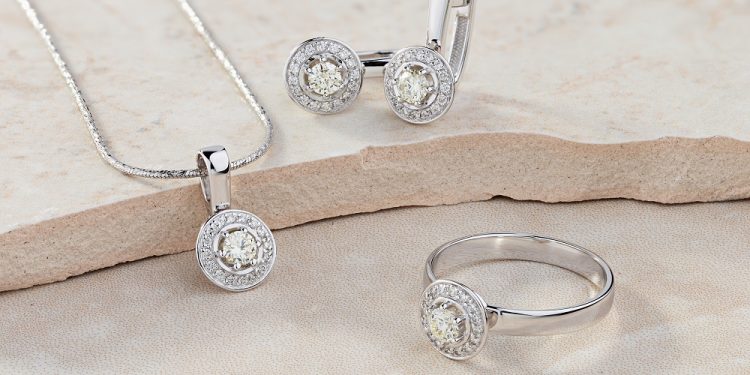
National Jewel Day
When people go into a jewelry store to buy a ring, brooch, or bracelet, they often don’t give much thought to all the people who make those items possible. We’re talking about the jewelers who have to use a high level of artistry to create one-of-a-kind pieces using precious gems and metals.
Fortunately, there is a day that honors the work of all those working in the jewelry industry, and that’s National Jewelry Day. This day falls annually on March 13th and celebrates these people. This holiday is also a good one to celebrate if you’re planning on purchasing that special someone some jewelry.
The History Of Jewelry
Even though we’re unable to uncover the history of National Jewelry Day, we have been able to uncover the history of jewelry. Jewelry has been a part of mankind since even before history was written. There’s plenty of evidence of ancient people wearing jewelry crafted from shells, colored pebbles, feathers, and bones. Archaeologists have found a simple necklace made of fish bones in a cave in Monaco. This necklace was made over 25,000 years ago.
In ancient Iran, the Mediterranean, and Egypt, people were making more complex jewelry about 6,000 years ago. It was common to make seals and stone amulets, as well as necklaces, rings, crowns, pins, and other assorted bits of jewelry.
Jewelry was also common in every other ancient civilization as well—particularly among the Celts, the Greeks, and the Romans. The word jewelry comes from the Old French word “jouel,” which means gem, present, or ornament. The word jouel was first used during the 12th century, but by the end of the 13th century, it had evolved into the word “jewel.” In English, the word jewel began to be used for articles of jewelry that were of high value and were used for adornment purposes. It was common for nobility and royalty to wear silver, gold, and precious gems during the Middle Ages, but that doesn’t mean the lower classes didn’t have their own types of jewelry. For example, lower classes in Medieval Europe often wore metals such as pewter or copper.
Interesting Facts About Gems & Jewelry
Want to hear some interesting facts about gems and jewelry? Of course, you do—who wouldn’t? We’ve listed some of these facts below so that everyone is well-armed with knowledge when they celebrate National Jewelry Day.
Amber is made from fossilized tree resin and can be up to 120 million years old.
The Queen of England’s collection of jewelry is estimated to be worth almost $60 million.
Cleopatra’s favorite gemstone was peridot.
The largest diamond ever discovered in the U.S. is the Uncle Sam Diamond.
The Uncle Sam Diamond was found in Murfreesboro, Arkansas, in 1924 and had an uncut carat weight of 40.23 carats.
Observing National Jewelry Day
Observing this day is an easy one. First, you can give a shoutout to all the jewelers out there by using the hashtag #NationalJewelryDay on your social media accounts. Second, you can take the time to buy yourself or a loved one a nice piece of jewelry. And that’s all there is to it.








